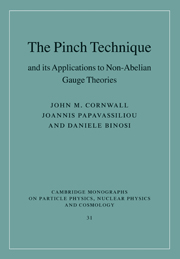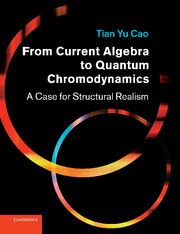In this chapter, we provide a detailed demonstration of how the application of the PT algorithm at the level of the conventional Schwinger–Dyson series leads to a new, modified Schwinger–Dyson equation (SDE) for the gluon propagator endowed with very special truncation properties. In particular, because of the QED-like Ward identities from the fully dressed Green's functions entering into the gluon SDE, the transversality of the gluon self-energy is guaranteed at each level of the dressedloop expansion. This result constitutes one of the main objectives of the PT program, namely, the device of a gauge-invariant truncation scheme for the equations governing the nonperturbative dynamics of non-Abelian Green's functions.
Of course, like any propagator SDE, this equation depends on the full three- and four-point gluon vertices, and these in turn depend on infinitely many other Green's functions. We have suggested, in the last chapter, how to truncate the SDE for the PT propagator by using the gauge technique to approximate the three- and four-point PT Green's functions as functionals only of the PT proper self-energy, while maintaining the exact Ward identities demanded by the PT. This approximation can only be useful in the infrared; the gauge technique PT Green's functions clearly fail to be exact at large momenta (although this failure is quantitative, not qualitative, so it should not change the fundamental findings from PT SDEs, except in the numerics).
For the purposes of this book, it would be too much to study thoroughly all the ramifications of combining the gauge technique, which, in its most general form, is quite complicated, with the pinch technique in the all-order SDEs.


